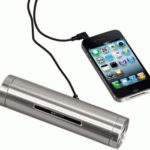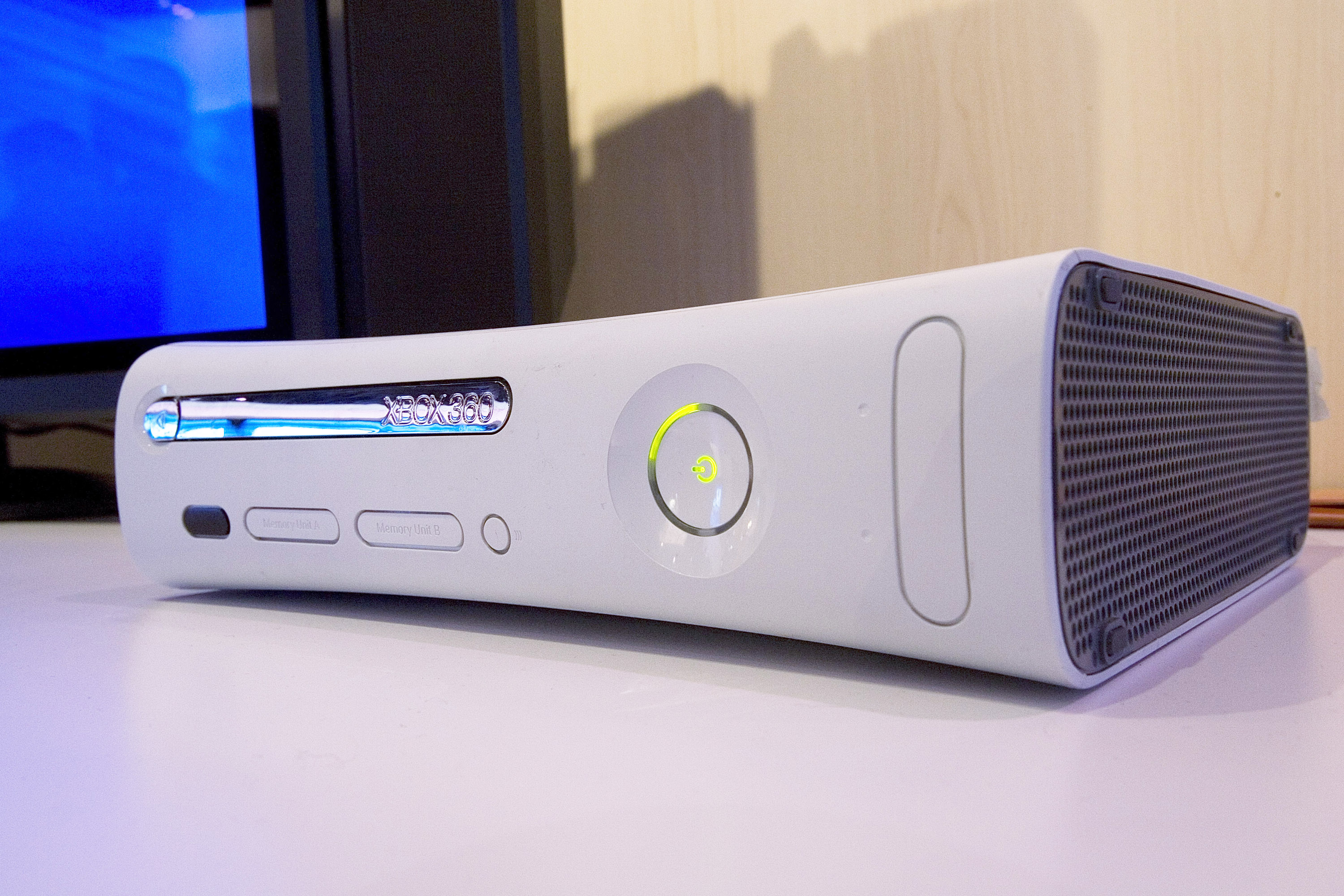How to make a speaker for your phone
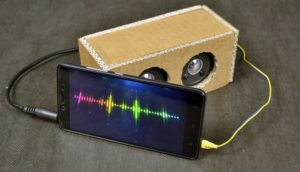 One of the most important features of modern smartphones is their ability to play various sounds. This allows you to view media files, play music or enjoy your favorite TV series by downloading it on the Internet in excellent quality. But sometimes the power of the phone's speakers is not enough and you may need to connect an additional accessory - a speaker.
One of the most important features of modern smartphones is their ability to play various sounds. This allows you to view media files, play music or enjoy your favorite TV series by downloading it on the Internet in excellent quality. But sometimes the power of the phone's speakers is not enough and you may need to connect an additional accessory - a speaker.
You shouldn’t immediately go to the store for an expensive purchase, especially if you need the speaker for one or several times. It is quite possible to do it yourself, because it does not require special skills or deep knowledge in the field of technology. You will learn about what a speaker can be made from and what methods exist for this in this article.
The content of the article
How to make a speaker for a phone from a speaker for a PC or tape recorder
The first method is a kind of transformation of a speaker for a computer or tape recorder into a portable one for a phone. The advantage of such accessories is that they do not need to be plugged into an outlet - which is why the phone often requires a separate, portable device. It is convenient to carry it with you, take it on trips, or simply use it at home if you are far from a power source.
In this case, we take as a basis a device designed for a computer. Even the simplest will do, and this is even more desirable if you have never done something like this before - the fewer parts inside, the easier it is to create a new unit.
First of all, you need to disassemble the accessory and unsolder the network transformer and power cable. After this, you need to install a special charge controller into the “sole” - it can be purchased at any specialized store.

IMPORTANT! Be as careful as possible so as not to cause any damage to the tracks - this will negatively affect the final result of the work.
You can glue the board using tape or special glue. After this, you need to get rid of the diodes - usually there are four of them, but a lot depends on the model of your original speakers. Power from the board should be soldered to the plus and minus of the diode bridge. Then you need to attach the circuit with a canopy on the wires to check the correct operation of the resulting device.
You also need to make a hole in the sole directly opposite the controller indication. This way you can monitor the charge level.
ATTENTION! Charging these speakers is quite simple - using any USB output.
If the power is not enough, you can add more batteries. Portable speakers are ready!
Homemade column made of polypropylene pipe
Another method would be to use a polypropylene pipe as a base.
To do this, you will need to make a hole in the middle that resembles the number eight and get rid of the protruding elements that are formed. Now you need to solder the battery and speaker to the board.After this, a piece of aluminum foil or electrical tape should be glued to a fairly thick film - the choice is yours, any of these materials will probably be found at home.
Then you need to cut a circle with a diameter equal to the pipe and attach it using durable glue. This part of the future column is called a diffuser.
The next step will be the mandatory sealing of all contacts. Next, having connected all the parts, you need to tape the speaker to the pipe using electrical tape. Now you need to strengthen everything with glue and conduct a full inspection of the resulting product.
After finishing work, be sure to check the functionality of the device. If everything is in order, then you can safely start using it.
DIY cardboard phone speaker
A speaker for your smartphone can also be made from cardboard, no matter how unsuitable this material may seem for such an undertaking.
A great option would be a toilet paper roll so that you don't have to make a cardboard cylinder yourself.
The first step is to measure the side of the phone where the speaker is located. Then make a hole in the bushing exactly the same size. You need to attach two plastic cups to the sides - these will be sound guides that will allow you to achieve better amplification.
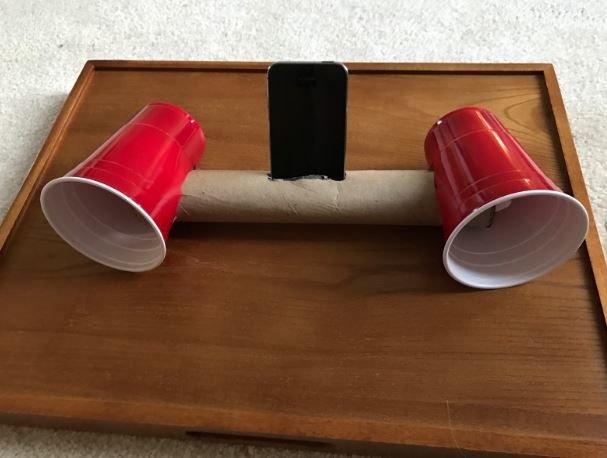
To ensure that the cups fit snugly on the cardboard, first carefully measure the size and cut a hole to the nearest centimeter.
IMPORTANT! If desired, you can use other cardboard objects of a suitable elongated shape or make a cylinder yourself. In this case, the cardboard should be dense and durable.
After all the components have been secured, the column is ready. All that remains is to insert the phone into the resulting product and turn on the desired audio track.
Speaker in plywood casing
Another simple way is to make a device using plywood. To do this, you first need to determine the dimensions of the speakers and find a table of correspondence between speakers and columns. All this information can be easily found on the Internet on thematic sites and forums.
Now you need to calculate the size of the future column. Apply markings to a sheet of plywood; there should be a drawing of the speakers on the front side. Now you can cut out the parts from plywood, and then sand them with sandpaper - the surface should be even and smooth, without protruding jagged edges.
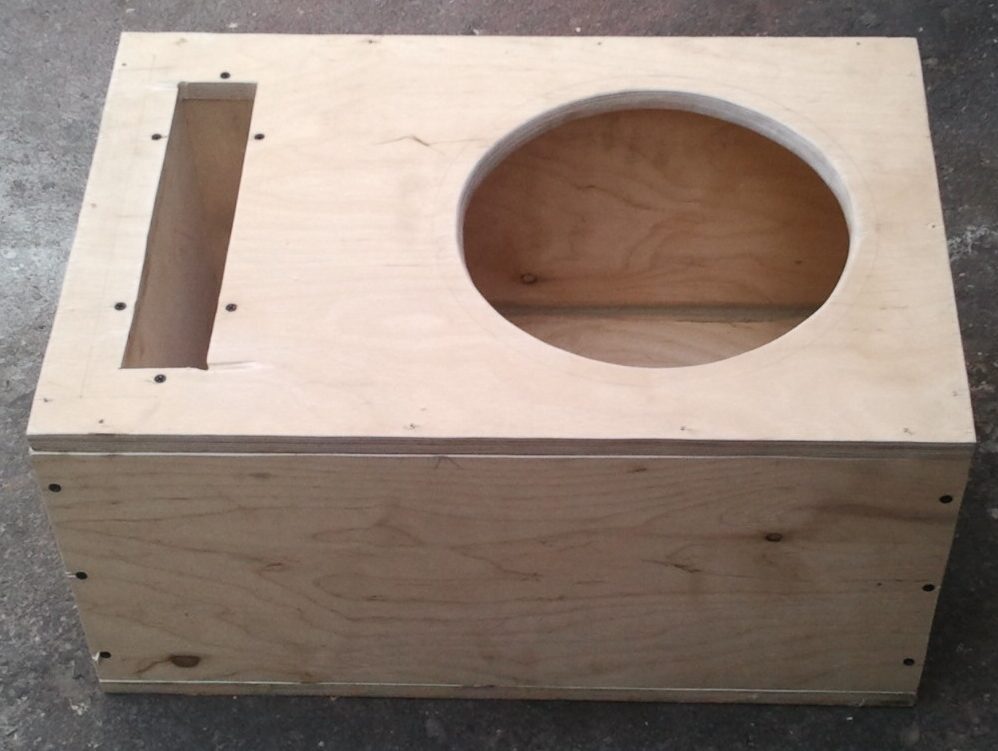
The parts can be connected using a self-tapping screw. Sealing of the homemade device is mandatory. Then you need to treat the surface with paint for a more aesthetic appearance. The connecting wire is screwed to the desired connector, and on the other hand it is wound behind the back of the speaker and soldered to the speaker terminals. Pay attention to the polarity.
The next step is to attach the speakers to the speaker body. The free cable remains inside. The accessory is ready!
Now you know several ways to make a speaker for your phone yourself. This way, you can save a lot on the purchase of this accessory and enjoy listening to music or watching movies at the right volume and in excellent quality. In addition, the manufacturing process will not take much time, and you will not need to purchase a large amount of additional materials.

